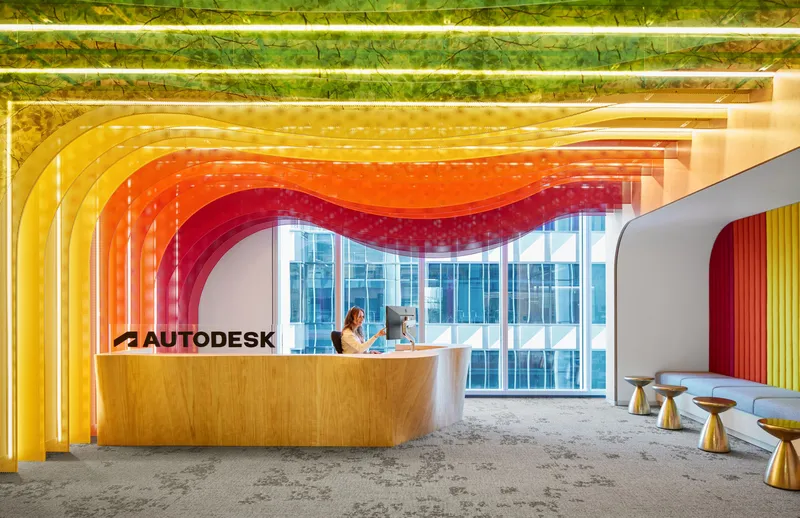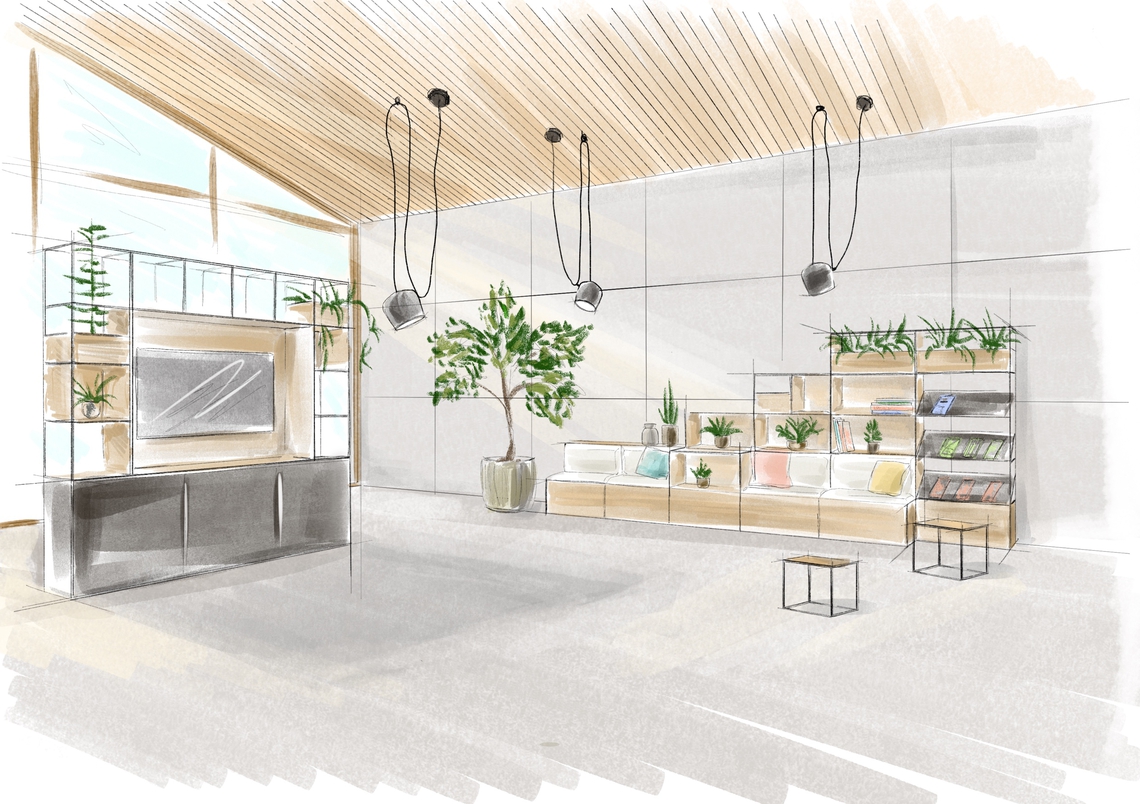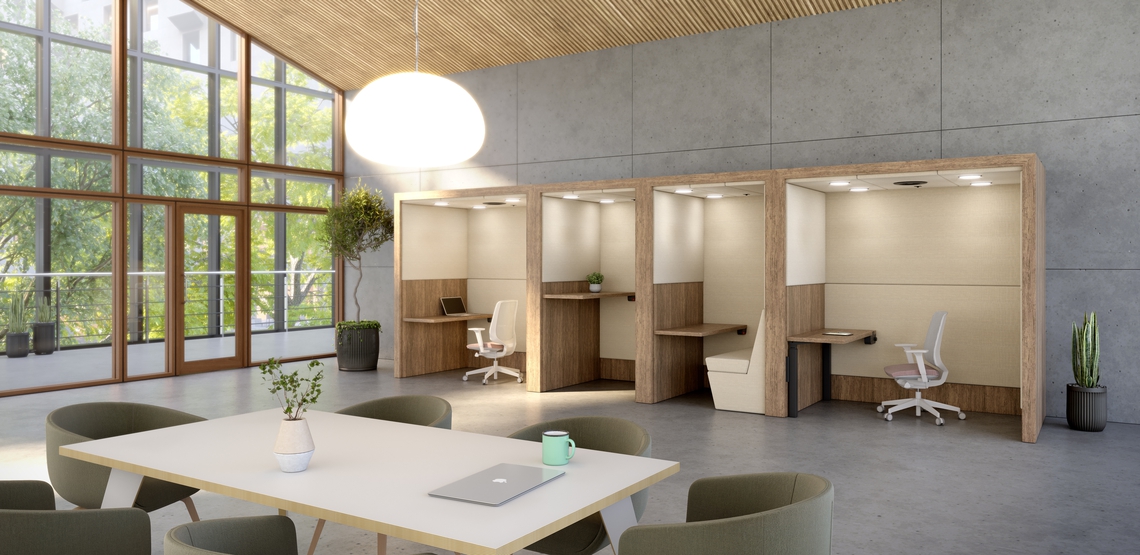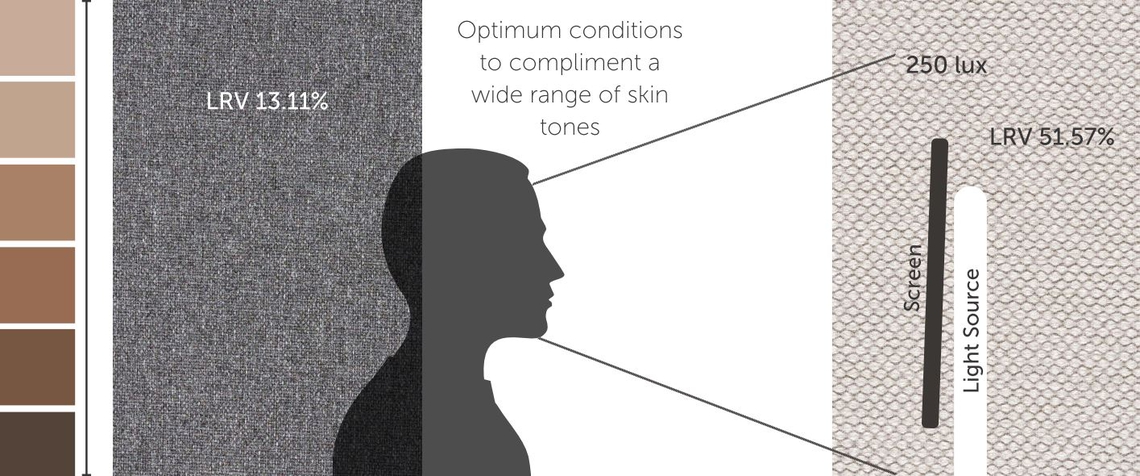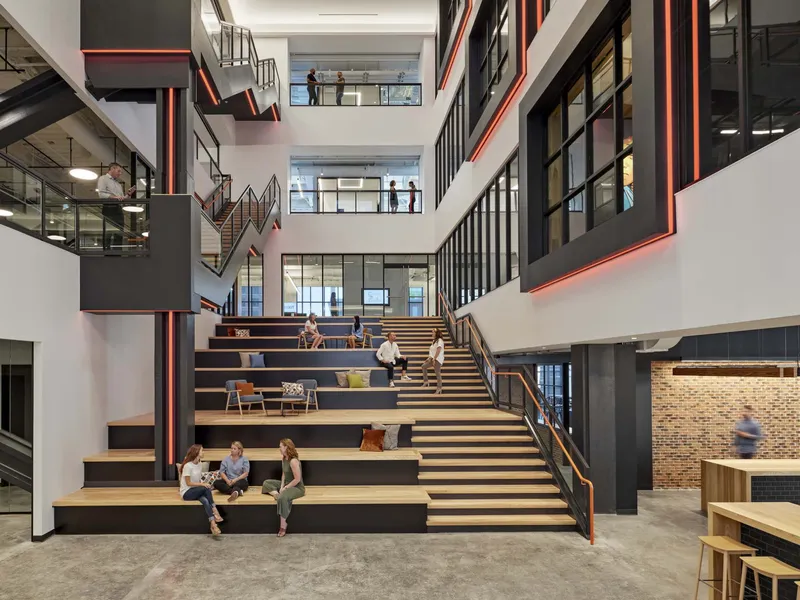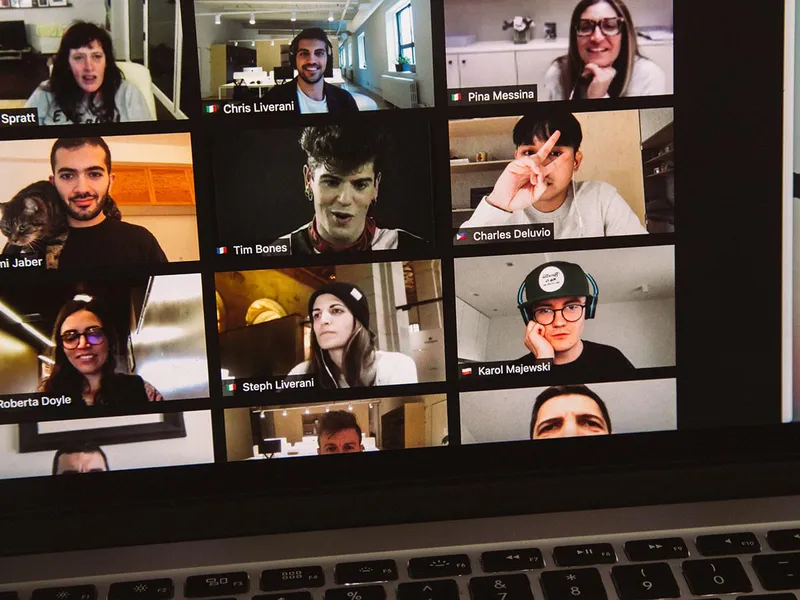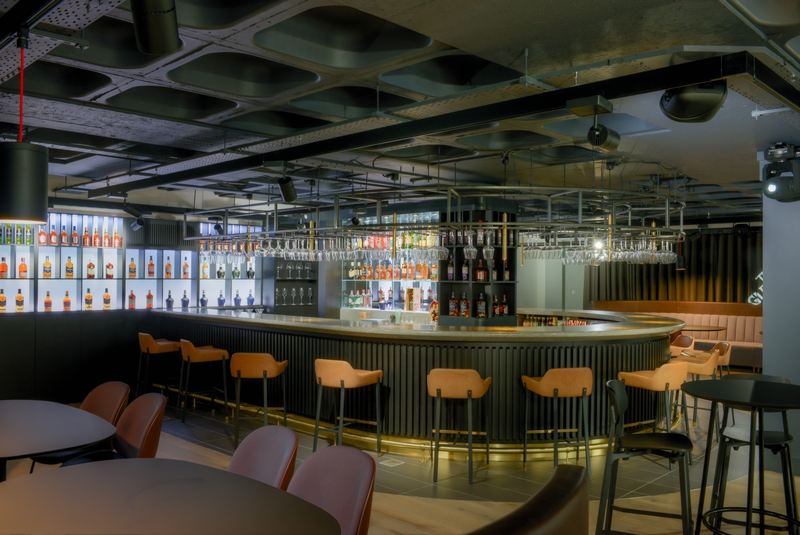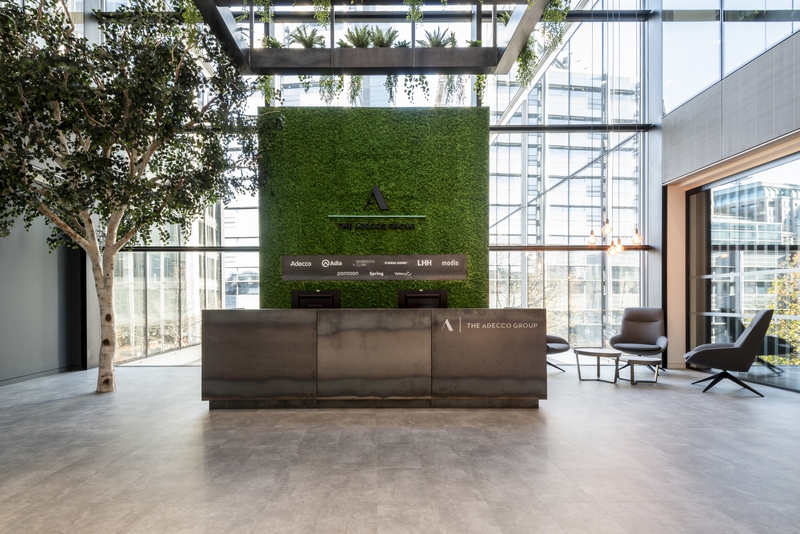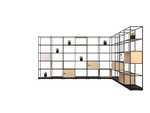19 décembre 2020
Tendances du secteur
2020 was a year like no other, and COVID-19 has changed how we’ll look at work and the workplace going forward. However, it hasn’t so much prompted new trends as accelerated existing ones. The pandemic has highlighted just how important it is to have a modern and agile workplace in today’s fast-changing world. The future of work is flexible, and so is the future of the workplace.
1. The Flexible Workplace
The COVID-19 pandemic taught us that workplaces need to be ready for anything. The traditional approach to office design (receiving a brief, coming up with a plan, designing it, and ‘building’ it out) rarely leads to the most productive, innovative spaces. An alternative approach is one of continual experimentation, hackability and evolution: think flexible floorplates with modular, movable furniture that can be endlessly reconfigured and moved around. A workspace that truly caters to the changing needs of its employees is never quite complete but remains a testing ground for continual ongoing experiments. Companies pivot and grow, the world can change overnight, and workplaces must too.

2. Employee Choice
The necessity of working from home in 2020 has shown how different people thrive in very different environments. Next year, employees will want to be offered some choice regarding whether they work at home or in the office, and also a choice of working environments in the office. The most attractive companies will provide a variety of spots to suit different tasks. Many employees have relished the privacy and quiet of their homes, and will now expect to find quiet, individual spaces like these at work: for instance, a quiet pod. Similarly, they’ll look for appropriate spaces for one-on-one chats, or collaborating in groups, and for workplace video booths for hosting video calls. Increased choice will lead to a rise in flexible practices like moving through different workspaces around the office, working from home, working from anywhere, and having staggered hours.

3. Healthy Bodies and Minds
Staff returning to work will want to feel reassured that their office is a safe and hygienic environment. They’ll appreciate changes like increased airflow, and perhaps some UV sterilization, hand sanitizer stations, touchless technology and flexible desk layouts redesigned with appropriate distancing in mind.
But it’s just as vital to look after employees’ mental wellbeing. The pandemic has been a traumatic experience for all and working through it from home has led to widespread burnout. Companies can help alleviate these effects by offering wellness and meditation programmes, paid subscriptions to mindfulness apps, exercise facilities, and opportunities for social engagement, which fosters a greater sense of wellbeing all round.

4. No More Loneliness
Last year we wrote that, “Society is suffering from a loneliness epidemic. Technology was supposed to connect us, but in some ways has driven us further apart.” Lockdowns and working from home has only exacerbated this loneliness crisis, especially since those without extensive personal social links rely on the workplace for their sense of community.
An attractive workplace that brings people together is the antidote to this. 2021 will see an increase in use of collaboration areas formal breakout areas and alike should be communal spaces in which to rebuild social bonds. While 2020 was a time for surviving, rich workplace experiences and communities will help teams thrive in 2021.

5. Collaborative Creativity
The pandemic has also taught us that isolation hurts innovation. Great ideas aren’t something that can be schedule over a video call – they just strike. Many CEOs report a dearth of ideas in 2020 while everyone isolated at home. In 2021, collaboration will take centre stage and workspaces will become springboards for in-person brainstorming and collective creativity. Workplace strategy will design in more spaces to facilitate this, likely at the expense of some desking areas. Here’s to hoping 2021 will see the spirit of innovation reignited as teams get back together and lay the foundations once again for ‘the Roaring 20s’!
6. Generation Z
Gen Z, who were born in the digital age, 1997 or later (meaning they’ll be 24 or younger) will continue joining the workforce. This generation is often described as ‘communaholics’—meaning they make no distinction between online friends and real-world friends, and form communities around shared causes and interests, rather than shared backgrounds. They want to work for companies that align with their ethical values: like equity, sustainability, and a focus on employee wellbeing. And in order to flourish, they should be given access to the latest technology and software. As well as being digital natives, they’re on track to be the most well-educated generation yet. Companies wishing to attract talent from this group will do well to pay attention to their wants and needs in order to stand out.

7. Equity For All
2020 was a year of reflection that prompted many conversations regarding diversity, equity, inclusivity and gender parity that we expect to see continuing as a key theme in 2021. There was a significant increase in the appointment of chief diversity officers and the setting of diversity hiring targets, which should ensure that workplaces continue to grow more diverse year on year.
Design has an important role to play in creating more inclusive workplaces too: from furniture suitable for all staff and digital interfaces for the differently abled, to video conferencing pods made to support the visual representation of all people, regardless of skin tone and clothing choice. 2021 will see more companies appreciating the value of a rich, diverse workplace and consequently promoting inclusive behaviours.

8. The Sustainable Workplace
With much of the world working from home during 2020 meaning a huge reduction in travel, reports poured in from all around the world of the significant environmental gains being made from dolphins returning to Italy’s waterways to air quality in California. Many companies are concerned not to undo the good work that’s been done in this regard during 2020 and are committed to finding a way to continue finding more sustainable ways of working, for example by encouraging people to cycle or walk to work where possible, and to reduce waste and recycle what they can. The secret to building a truly sustainable workplace, however, is to choose well-made furniture that will last, uses healthy materials in its composition and that’s flexible enough to adapt to any eventuality.
2021 is going to be an exciting year. Most employees are looking forward to returning to their offices in some form. Great offices are still where people prefer to work—but in order to become great, they must be flexible enough to adapt to and support the many and changing needs of everyone returning to them.
Partager cet article




